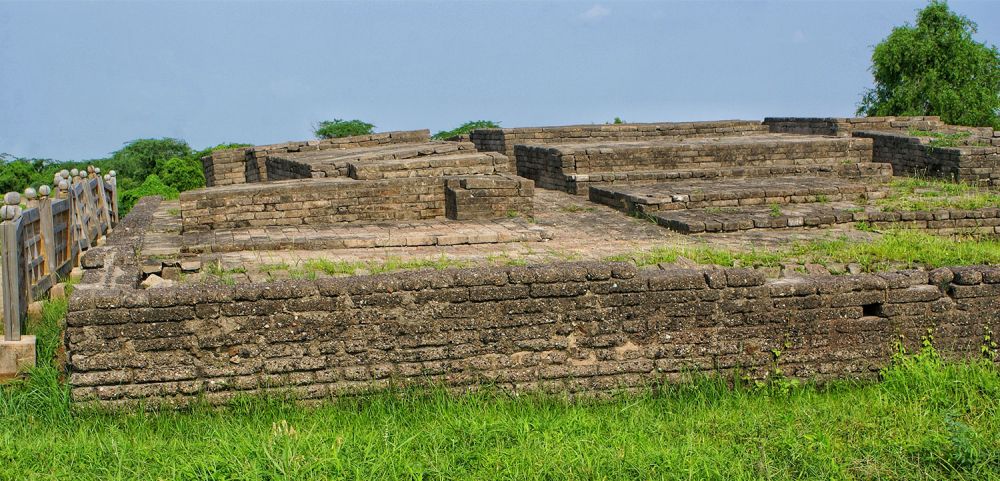

The Lothal Archaeological Site in Lothal, Gujarat, India, is a significant testament to the ingenuity and mastery of urban planning by the Indus Valley Civilization (IVC), which flourished around 4500 years ago. Once a thriving trade center and a major port city, Lothal stands as a remarkable relic of an ancient culture renowned for its advanced understanding of town planning, architecture, and civil engineering.
Discovered in 1954, Lothal's archaeological significance came to light through the excavations led by the Archaeological Survey of India (ASI) from 1955 until 1960. The unearthed city presented a grid layout, sophisticated drainage systems, and the earliest known dockyard in the world, all of which point to the high level of socio-economic development during the IVC period.
For many years after its discovery, Lothal was a focal point for researchers and historians, but it wasn't until later that the site would catch the interest of tourists and history enthusiasts from around the world. With continued excavations and research shedding light on the lifestyles of its inhabitants, the significance of Lothal within the context of the IVC and global early urbanization was established.
Tourism in Lothal began to gain momentum as the importance of its discoveries became widely recognized. The government and local authorities took initiatives to promote Lothal as a tourist destination, integrating it within the broader narrative of India's rich heritage. Moreover, the establishment of the Lothal Museum adjacent to the site provided visitors with deeper insights into the artifacts, culture, and technological prowess of the ancient city.
In recent years, tourism at the Lothal Archaeological Site has been influenced by a growing interest in experiential and educational travel. Tourists are seeking immersive experiences that not only highlight the historical and archaeological aspects of the site but also allow them to engage with the local culture and traditions in the surrounding regions.
Additionally, digital advancements have paved the way for virtual tours and augmented reality experiences at historical sites. While such technology is still in its infancy at Lothal, potential exists for integrating these modern tools to enhance the visitor experience and provide interactive learning opportunities about the Indus Valley Civilization.
The future of tourism at the Lothal Archaeological Site looks promising. Plans for conservation and site enhancement are ongoing, ensuring that this ancient city continues to be accessible and educational for future generations. With India's growing prominence on the world stage, destinations like Lothal will continue to gain recognition, drawing in visitors from all corners of the globe who are eager to uncover the mysteries of this early civilization.
To make the most of a visit to Lothal, travelers are encouraged to explore the site with a knowledgeable guide, visit the museum to see the excavated artifacts, and engage with the interpretative material available. Equally important is to respect the site's ancient legacy by following the guidelines set out by the ASI for its preservation.
Whether an archaeology aficionado, a history buff, or simply a curious traveler, the Lothal Archaeological Site offers a rare glimpse into the past and stands as a pinnacle of India's archaeological tourism.